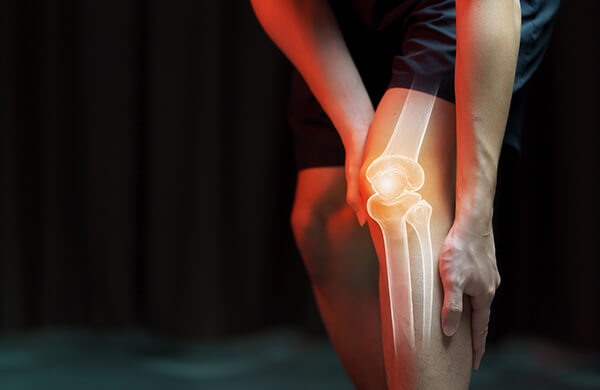


Arthritis means "joint inflammation," but the term actually represents over 200 different disorders affecting joints, the tissues surrounding the joint, and other connective tissue. It's a rheumatic disorder.

Types of Arthritis include but are not limited to:

The symptoms you encounter will differ based on the type of arthritis. This is why it is critical to get an accurate diagnosis if you have:
Arthritis is a broad term that refers to disorders that affect the joints or the tissues around the joints. There are about 200 different forms of arthritis.
The most common form of arthritis in the United States is osteoarthritis and rheumatoid arthritis.
Most varieties of arthritis are characterised by pain and stiffness in and around one or more joints.
There aren’t any such known causes for most forms of arthritis, but gout is caused by too much uric acid in the body, and sometimes specific infections can also cause arthritis.
If you have an inflammatory disease, such as rheumatoid arthritis or lupus, you may be more susceptible to flu complications than normal individuals.
An estimated 58.5 million US adults have arthritis. Experts predict that figure will rise as our country's population ages.
Yes, children can get arthritis. The most common type of arthritis in children is juvenile idiopathic arthritis (JIA), also known as childhood arthritis or juvenile rheumatoid arthritis.
You can lower your chance of developing some forms of arthritis by modifying the risk factors that you have control over. Overweight and obesity, joint problems, and smoking are all risk factors that you can reduce.
Doctors often use the patient's medical history, physical examination, X-rays, and blood testing to diagnose arthritis.
Arthritis cannot be cured, but its effects can be reduced through medications, therapy, or surgeries.